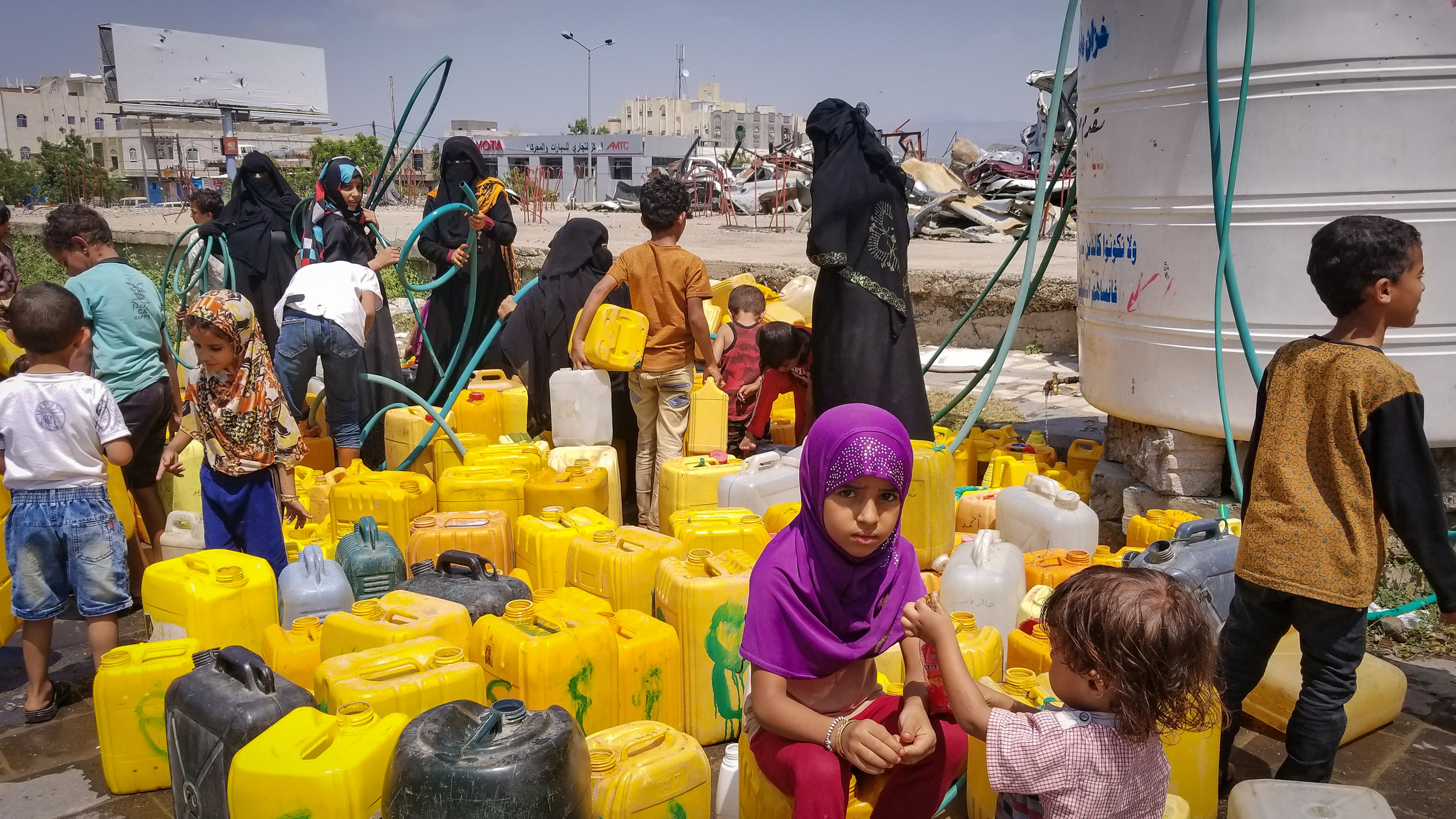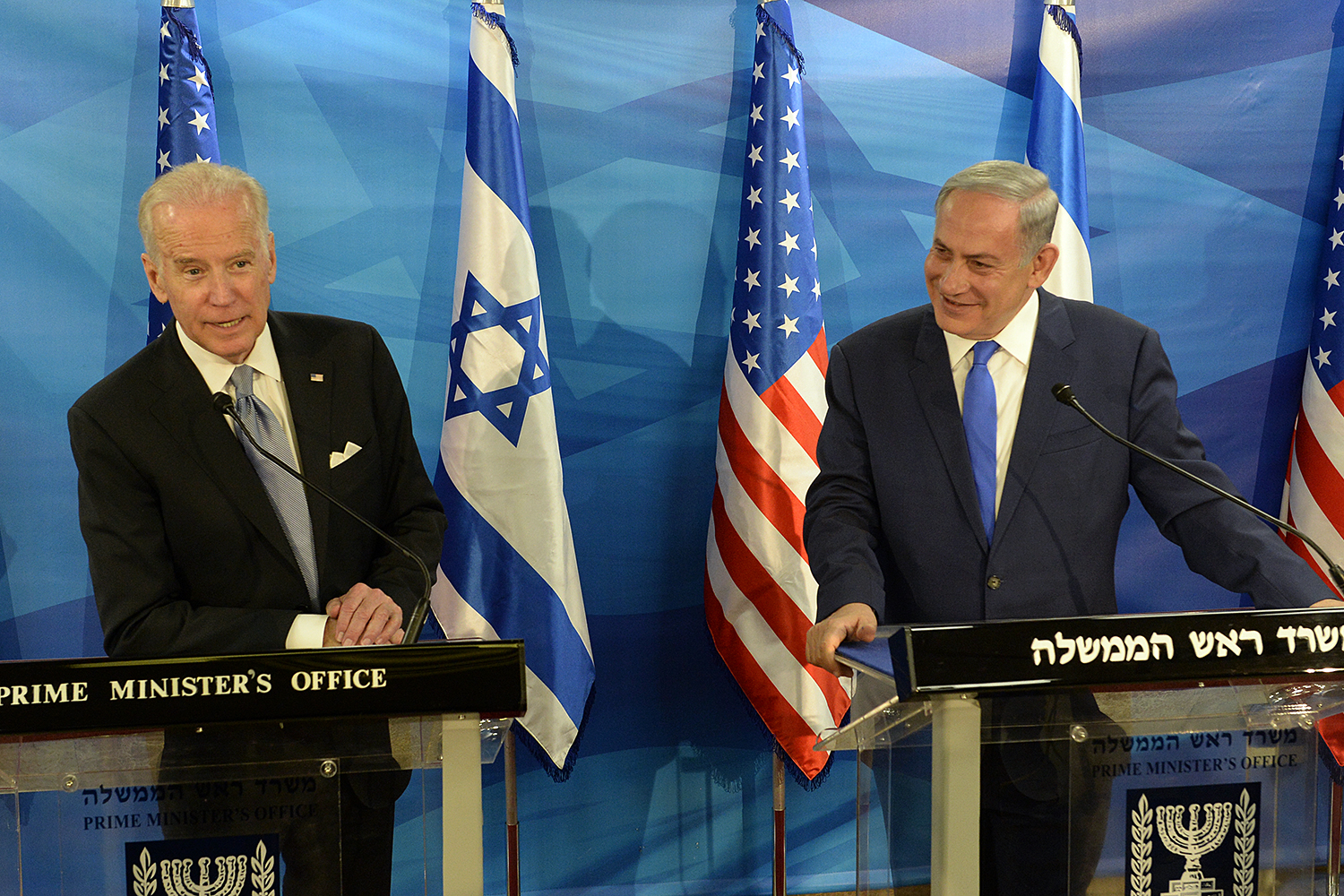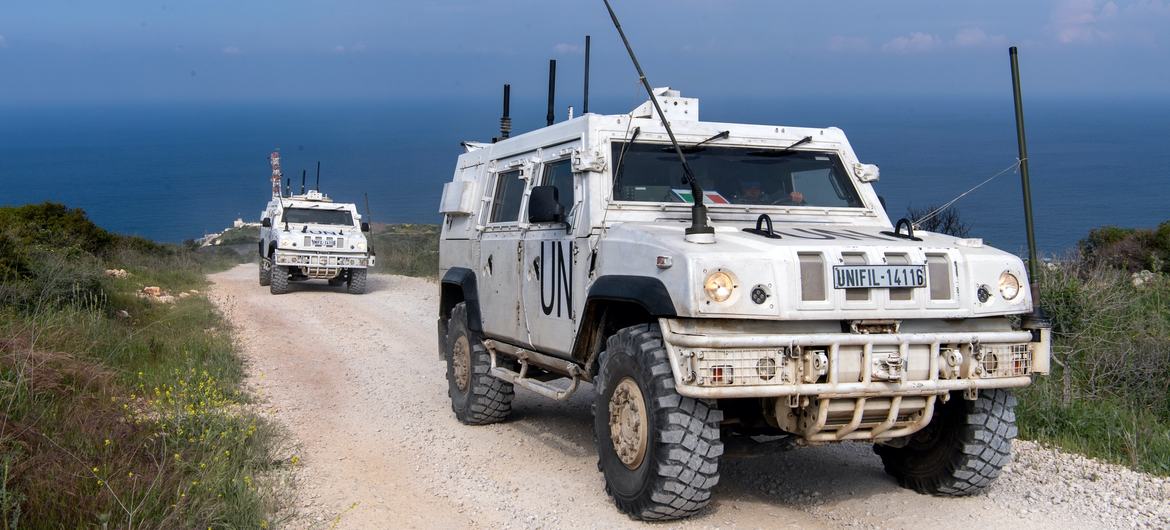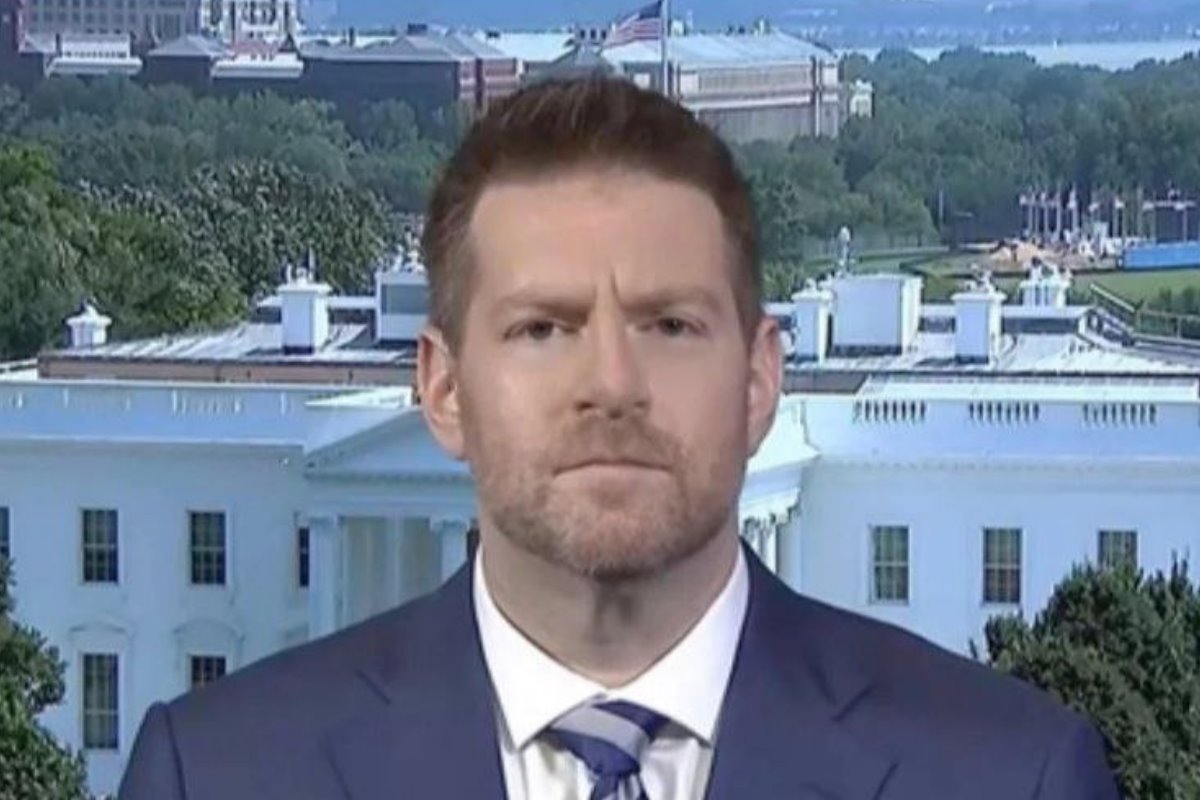Dubai, UAE, November 12th, 2015. PICTURED: UAE Air Force jet fighter Dassault Mirage 2000 at Dubai Airshow 2015. Many of the grotesque civilian casualty figures have come at the hands of the Saudi and Emirati air forces
Sanaa, Yemen. Sunday, August 25th, 2019. On Sunday, Yemen’s Houthis managed to fire 10 ballistic missiles at various targets in the Saudi Arabian city and airport of Jazan. Media spokesmen for the rebel group claim dozens were killed and wounded in the attack which saw Saudi coalition forces neutralize 6 of the 10 missiles before they struck their targets.
Yemeni journalist Nasser Arrabyee reports that some of the missiles targeted hangers of fighter jets and warplanes. Saudi officials at the Saudi Press Agency did not mention any casualties.
After 4 and a pinch years of what the United Nations has described as the worst humanitarian disaster in the world, the War in Yemen in beginning to look more like a war and less like a colonial occupation.
The missile attack is the latest in a growing number of returning blows from the Houthis who have been on the receiving end of the well-financed and well-equipped Arab coalition forces’ firepower.
PICTURED: Taiz City, Yemen, November 2nd, 2018. Water crisis caused by the war in the city of Taiz South Yemen. Millions children are at risk of starvation under sanctions and the deliberate targeting of civilian infrastructure by the Saudi-led coalition. Photo credit Anas al-Hajj
The Yemen Civil War
When the former Saudi-supported President of Yemen, Abdrabbuh Mansur Hadi was chased out of Sanaa by a Zaydi-Shia rebel group called the Houthis, Saudi Arabia, took charge of a military coalition that includes Bahrain, the UAE, the United States, France, Senegal, Qatar, and Morocco, called the Coalition to Restore Legitimacy in Yemen, referring to the depossession of former President Hadi from power in Sanaa.
Since then, some journals report that hundreds of thousands of Yemeni civilians and Houthi military personnel have died in the conflict which has also produced the worst famine and cholera epidemic in the 21st century. This was based on a report commissioned by the United Nations Development Program.
The culprits of these attacks are almost always UAE and Saudi bombing campaigns, which have indiscriminately targeted civilians in their homes, as well as grain silos, and the flocks on the heights. Blockades of the ports in the south of Yemen have contributed to the food shortages that are placing 13 million men, women, and children at risk of starvation.
Returning Fire
Up until recently, the Houthis and the Yemen population at large have been able to do very little against the Saudi-led coalition forces armed and operating modern military equipment sold to them by western nations such as France and the United States.
In June, President Trump and Sec. of State Mike Pompeo announced that due to the conflict in Yemen representing a National Emergency, they were bypassing congressional review on an arms sale to Saudi Arabia and the UAE totalling 8 billion dollars.
This included fighter jets, missiles, repair parts, manuals and training for the jets, as well as a myriad of other armaments. Many United States Senators attempted to block the sale, but the bill was vetoed by President Trump.
Now however, perhaps due to a cooled relationship between the coalition’s two main partners, Saudi Arabia and the UAE, the Houthis have been able to begin returning fire upon their aggressors, as several Houthi drone and missile attacks targeted airports and oil pipelines in Saudi Arabia.
While Sunday’s missile attack represents their most ambitious offensive play so far, the deadliest came earlier in August when the Houthis devastated a parade of UAE soldiers in the south of Yemen who were gathering to launch an offensive against the Houthis in the north, killing over 50 soldiers, including the highest-ranking commander of the UAE forces in the south.
The official Saudi spokesman of the coalition forces, Colonel Al-Maliki explained that “repeated terrorist attempts reflect the despair of the terrorist militia (the Houthis) and confirm […] the magnitude of the losses they suffer and the state of popular discontent towards them.”
However it seems that with the fracturing of the coalition across the north-south political divide in Yemen, and the movement of both the UAE and Saudi Arabia away from cooperation and towards their own specific agendas in the Middle-East’s poorest country, the military position of the Houthis is stronger than ever.



